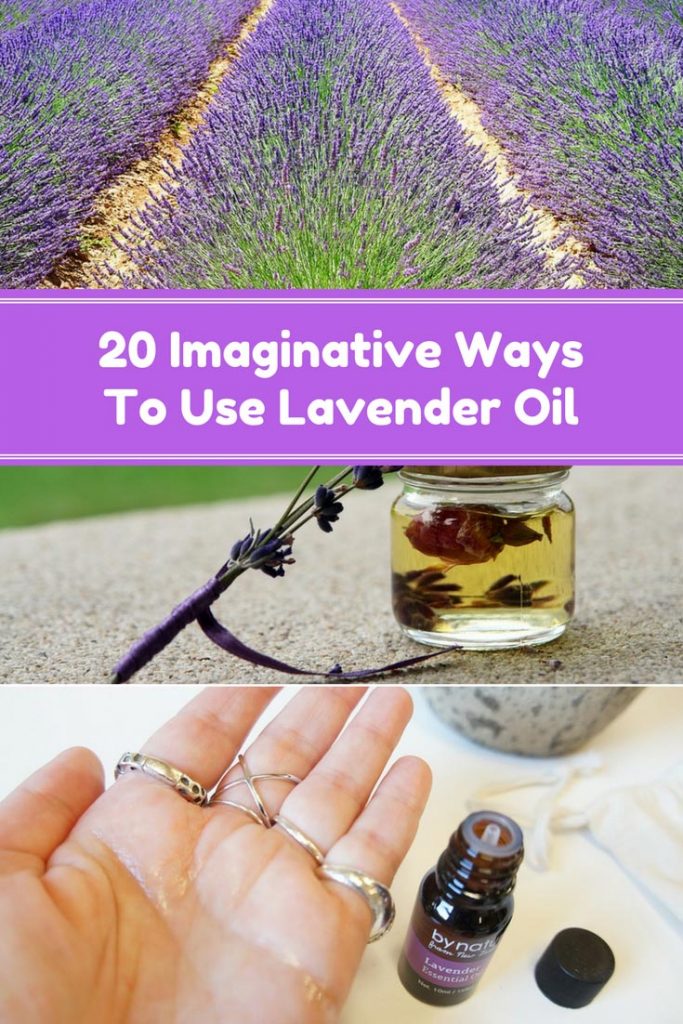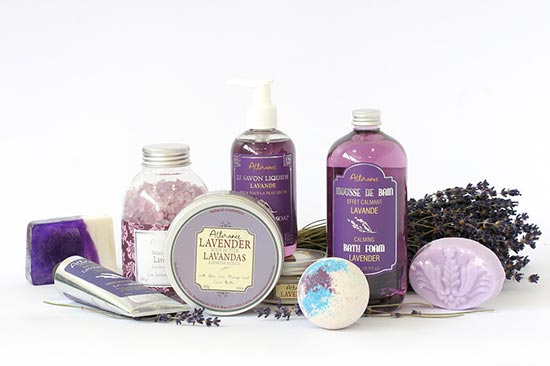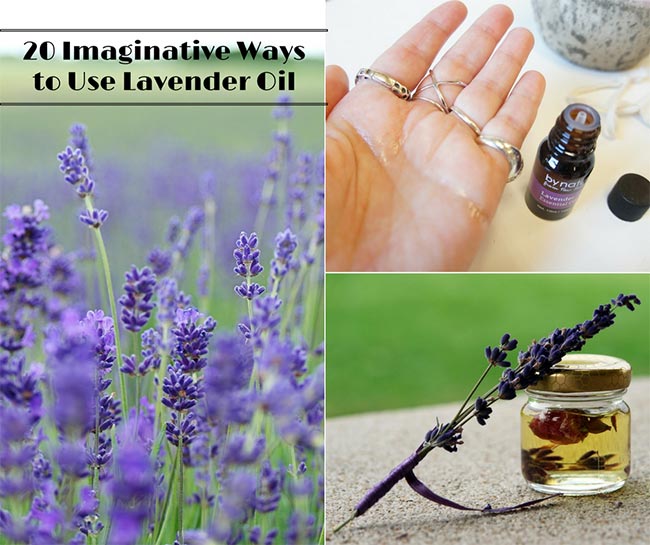20 Imaginative Ways to Use Lavender Oil

🌿 20 Imaginative Ways to Use Lavender Oil (You’ve Probably Never Tried Before!)
Lavender oil isn’t just a pretty scent—it’s practically liquid magic! ✨ This ancient oil has been used for thousands of years for everything from healing wounds to calming nerves. But did you know that you can do way more than just diffuse it or dab it on your temples?
In this post, we’re diving into 20 imaginative, surprising, and totally practical ways to use lavender oil that go way beyond the usual. Whether you’re a natural-living enthusiast, a budget-savvy homemaker, or just someone who loves smelling like a peaceful meadow, this guide is for YOU. 💜
🌸 Why Lavender Oil Is So Loved
Before we jump into the fun stuff, here’s why lavender oil deserves a spot in every home:
- ✅ Calming and relaxing: Known for reducing stress and anxiety
- ✅ Antimicrobial properties: Fights bacteria and fungus naturally
- ✅ Anti-inflammatory: Soothes skin and reduces redness
- ✅ Aromatic versatility: Smells amazing in just about anything
- ✅ Safe and gentle: Suitable for kids, pets (in moderation), and sensitive skin
🧴 20 Imaginative Ways to Use Lavender Oil
1. DIY Linen Spray
Spritz your pillowcases and sheets with a mix of lavender oil + witch hazel + water for dreamier sleep. 😴
How: Mix 10 drops of lavender oil, 1 tablespoon witch hazel, and 1/2 cup water in a spray bottle.
Tip: Shake before each use!
2. Natural Insect Repellent
Lavender repels mosquitoes, flies, and moths. Spray it on your clothes, not just your skin!
Bonus: Your clothes will smell AMAZING. 🦟🚫
3. Lavender-Infused Mop Solution
Add 10–15 drops of lavender oil to your mop bucket for a calming clean. 🧼
Why: Kills germs and calms your mind while you clean.
4. Pet-Safe Flea Spray
Mix lavender oil with apple cider vinegar and water to keep fleas at bay.
Important: Use sparingly and test on a small area to ensure your pet isn’t sensitive.
5. Lavender Ice Cubes
Freeze a few drops of lavender oil with water in ice cube trays and use in baths to soothe sore muscles.
🛁 Spa day, anyone?
6. Lavender Shoe Deodorizer
Drop lavender oil on cotton balls and place them in your shoes overnight. 👟🌿
No more foot funk!
7. DIY Acne Spot Treatment
Apply 1 drop of lavender oil directly to pimples. It fights bacteria and soothes inflammation.
Why it works: Natural antimicrobial + calming = win-win.
8. Calming Baby Balm
Mix lavender oil with coconut oil and beeswax to create a baby-safe balm.
Note: Always check with a pediatrician and use diluted amounts.

9. Drawer Sachets
Put lavender oil on fabric scraps or dried rice, tie them up, and drop in your drawers for fresh-smelling clothes.
🧦✨ Bonus: Keeps moths away too!
10. Bug Bite Relief Roll-On
Make a pocket-sized roller with lavender + tea tree oil in carrier oil.
How: Mix 10 drops of each oil with 1 oz carrier oil like jojoba or coconut.
11. Scalp Rejuvenator
Add a few drops to your shampoo to reduce itchiness and promote hair growth. 💆♀️💜
12. Toilet Paper Freshener
Add a drop or two to the inside cardboard roll of your toilet paper. Every spin releases a floral burst!
Who knew the bathroom could feel like a spa?
13. Yoga Mat Spray
Combine lavender oil, tea tree oil, and witch hazel in water to clean and freshen up your yoga mat.
🧘♀️ Zen with every pose!
14. Calm Down Diffuser Blend
Mix lavender with a few drops of orange and cedarwood in your diffuser.
Result: Instant serenity.
15. Lavender-Infused Honey
Blend food-grade lavender oil (or culinary lavender) with honey for a gourmet twist on toast and tea. 🍯🌿
Note: Use only certified food-safe lavender oil.
16. Lavender Hair Mist
Mix water, lavender oil, and a bit of rose water for an uplifting hair perfume and scalp tonic.
17. Car Diffuser Hack
Drop lavender oil onto a wooden clothespin and clip it to your car’s air vent. 🚗💐
Smell good. Feel good. Drive happy.
18. Soothing Sunburn Spray
Combine aloe vera juice and lavender oil for after-sun relief.
Why it works: Lavender cools inflammation; aloe hydrates.
19. Homemade Anti-Anxiety Roll-On
Lavender + frankincense + chamomile in a roller bottle = peace in your pocket.
Keep it handy for interviews, flights, or stressful events.
20. Lavender Oil for Headaches
Rub diluted lavender oil on your temples, forehead, and neck for quick relief. 💆
Pro tip: Add peppermint oil for a cooling combo.

💡 Pro Tips for Using Lavender Oil
- Always dilute essential oils with a carrier oil (like jojoba, almond, or coconut) before applying to skin.
- Store oils in dark glass bottles away from heat and light to preserve potency.
- Check labels! Not all lavender oils are created equal. Look for 100% pure, therapeutic grade oil.
- Patch test first if you have sensitive skin or allergies.
❓ FAQs About Using Lavender Oil
👉 Can I ingest lavender oil?
Only food-grade essential oil in tiny amounts and under expert guidance. Most essential oils are not safe to ingest.
👉 Is lavender oil safe for pets?
In very small, diluted amounts, yes—but cats are especially sensitive. Always consult your vet first.
👉 Can lavender oil go directly on the skin?
It’s one of the few oils that can be used “neat” (undiluted), but it’s best to dilute—especially for kids or sensitive skin.
👉 Can pregnant women use lavender oil?
Generally yes, but always check with a healthcare provider first.
💬 Final Thoughts
Lavender oil isn’t just for massages and bubble baths—though we love it for that too! 🌿 With these 20 creative ideas, you can bring calm, freshness, and natural wellness into every corner of your life.
Whether you’re chasing better sleep, fewer bugs, or just a more relaxing home, lavender oil might just become your new best friend. 💜
🔁 Share the Lavender Love!
Found this helpful? 💌 Share it with a friend, pin it, or bookmark it for later. And if you’ve got another unique lavender hack, drop it in the comments—we’d love to hear!
Thanks for checking out “20 Imaginative Ways to Use Lavender Oil”. If you found this article interesting please consider sharing it on Facebook and Pinning it on your Pinterest boards, this will help spread the word and help hundreds of people see this info too, Also let me know in the comments below if you would like to add any more info to this article…
 Home and Gardening Ideas At home and Gardening ideas we believe inspiring readers about homesteading, self sufficiency
Home and Gardening Ideas At home and Gardening ideas we believe inspiring readers about homesteading, self sufficiency






One comment
Pingback: 11 Medicinal Plants You Should Grow - Home and Gardening Ideas